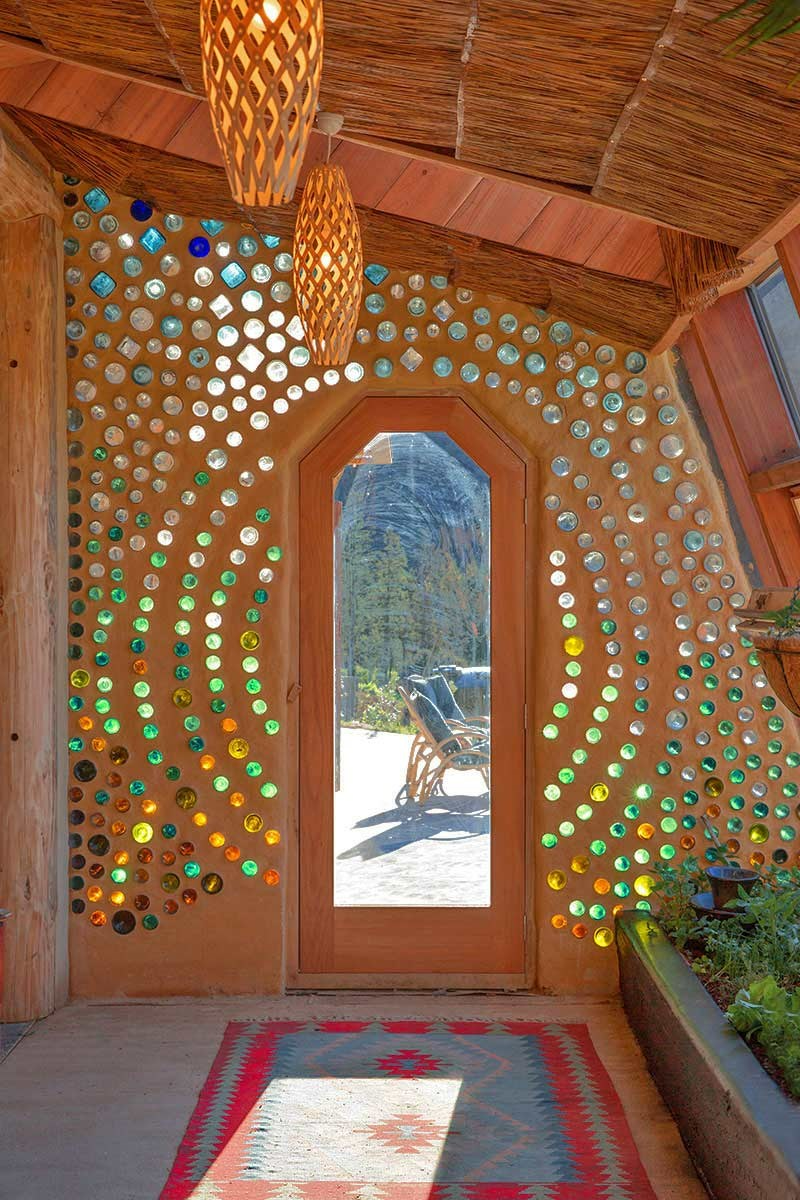
Sustainable home design is an approach to creating living spaces that are environmentally friendly, energy-efficient, and resource-conscious. This type of design takes into consideration not only the materials and construction methods used in building a home, but also the long-term impact it will have on the environment. Sustainable homes are designed to minimize waste, reduce energy consumption, and promote a healthy indoor environment for the occupants. This can include features such as solar panels for energy production, passive design strategies to maximize natural light and ventilation, and the use of eco-friendly materials like bamboo flooring or reclaimed wood. Additionally, sustainable home design often incorporates water conservation methods, such as greywater reclamation systems and low-flow fixtures. By implementing these principles, homeowners can reduce their carbon footprint, lower their utility bills, and create a more comfortable and sustainable living environment for themselves and future generations.
Sustainable home design is becoming increasingly popular as people seek ways to reduce their carbon footprint and live more environmentally friendly lives. By incorporating energy efficient appliances, renewable materials, and cutting-edge technology, homeowners can significantly lower their impact on the environment. In addition, sustainable home design can also lead to cost savings over time, as energy efficient appliances and materials can reduce utility bills and overall maintenance costs.
One of the key aspects of sustainable home design is the use of renewable materials such as bamboo, reclaimed wood, and recycled metal. These materials not only help reduce waste and promote sustainability, but they also add a unique aesthetic to the home. Additionally, incorporating energy efficient appliances, such as high-efficiency HVAC systems, solar panels, and LED lighting, can greatly reduce the home’s energy consumption and carbon emissions. This not only benefits the environment, but also helps homeowners save money on utilities in the long run.
Another important aspect of sustainable home design is water conservation. By incorporating water-saving fixtures such as low-flow toilets, faucets, and showerheads, homeowners can significantly reduce their water usage. Additionally, using native plants in landscaping can help reduce the need for irrigation, further conserving water resources. Overall, sustainable home design is not only beneficial for the environment, but also for homeowners in terms of cost savings and overall quality of life. By incorporating sustainable practices into home design, homeowners can make a positive impact on the planet while enjoying the benefits of a more efficient and environmentally friendly home.
 home decor trends
home decor trends



